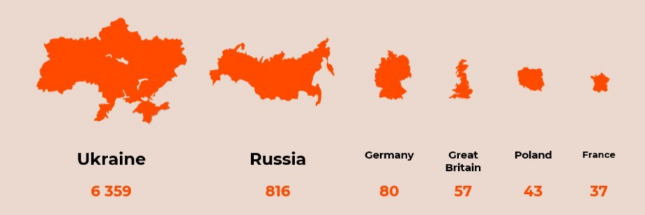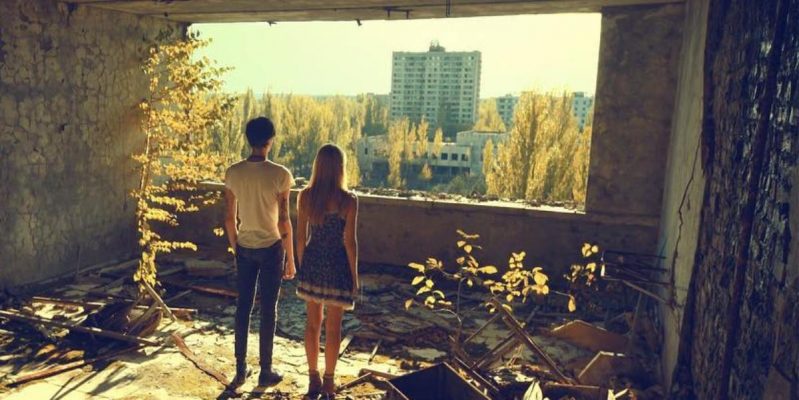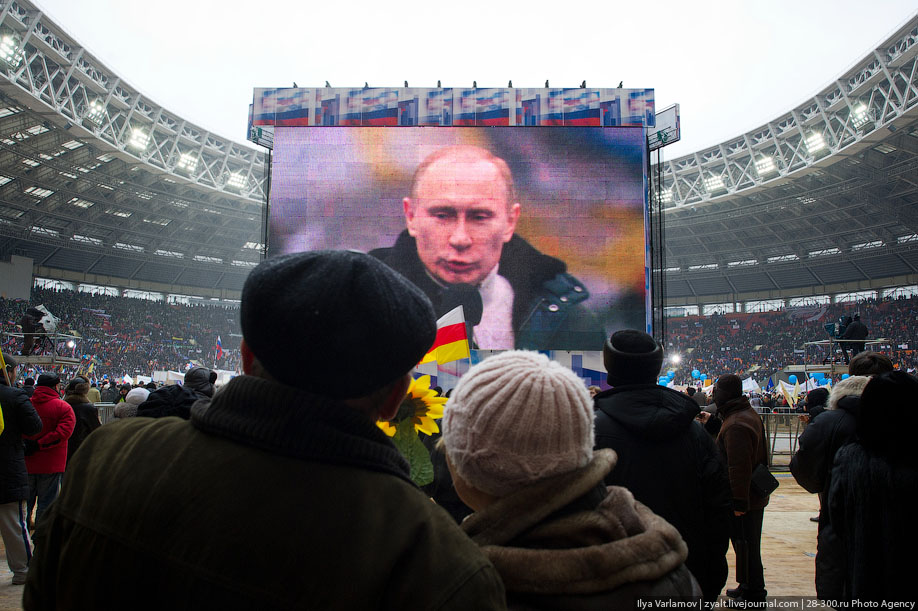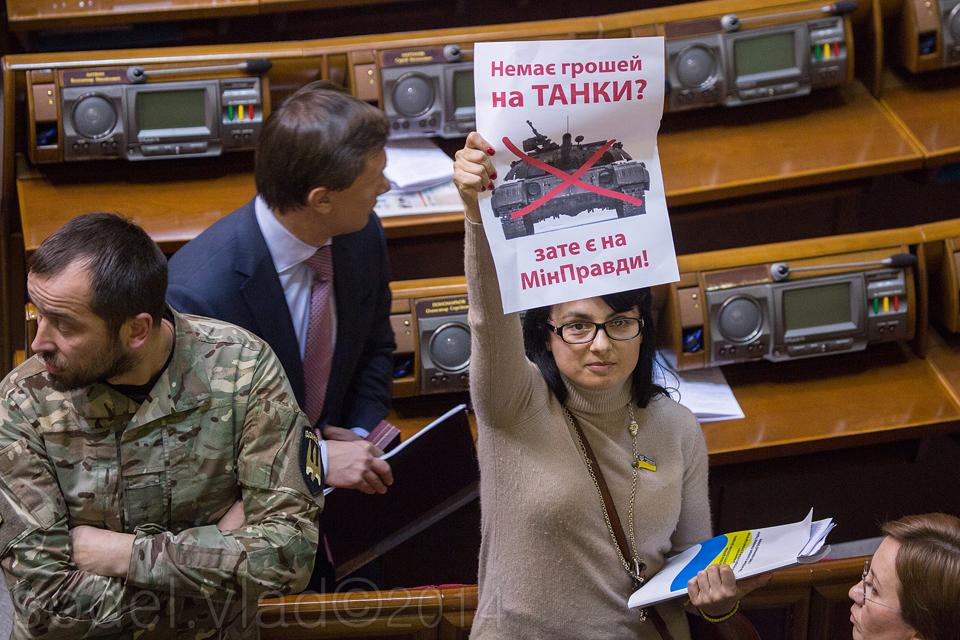Historical narratives determine whether Ukraine is seen as a subject or object of international relations. That's why they have become a battleground in Russia's hybrid war against Ukraine. Whose perspective is winning? How much do European media see history through Russian eyes? Is Ukraine's strategy of communicating history successful? A new analytical report titled "History of the 20th Century in European Media" examines exactly that.




"The problem is that the post-Soviet space is still more important in the mental map of an average citizen of EU countries. And Ukraine is often explained in the context of Soviet and post-Soviet relations rather than a distinct political entity. The Ukrainian voice and Ukraine as a subject in the European public space are lacking."The report also highlights those political events in 2018 and 2019 which overlapped with peaks of media reference to the topics in particular countries, in order to determine the context in which Ukraine is important for each country. The report also analyzes the editorial policies of particular media outlets to determine how they influence the way Ukraine is portrayed.
1. Holodomor
Acknowledged by 25 countries worldwide as a genocide, Holodomor was Stalin’s man-made famine that killed at least 3.6 million Ukrainians in 1932-1933. Russians say not only Ukrainians died from famine in the USSR, claiming Holodomor was not a genocide.

2. World War II
The political importance of WWII is linked to the interpretation of the role of the Soviet army either as liberators or as equal to Nazi occupation forces. Eastern and Western Europe have diametrically opposite answers to this issue which is actively exploited by Russia. The Kremlin claims that Eastern European countries such as Poland or Ukraine want to revise the history of WWII, while these countries point to the Molotov-Ribbentrop Pact as the key document proving the occupation goals of the Soviet regime which were implemented during WWII and led to the suffering and decay of Eastern European nations.

Trending Now
3. Ukrainian avant-garde and Executed Renaissance
The Ukrainian avant-garde is an important topic which distinguishes Russian and Ukrainian artists of the early 20th century, which are often mixed in the European mind and referred to as Russian culture in general, leaving a substantial part of Ukrainian national heritage misinterpreted. Executed Renaissance is yet another topic which explains how Ukrainian cultural elites were liquidated by the Soviet regime in the 1930s.

4. Democratization trends in post-1991 Eastern Europe
The way European media describe democratization trends in Eastern Europe demonstrates whether Europeans are moving closer to the unification of Eastern and Western Europe into a single European space. The results show both Ukrainian and European media are not ready for such an approach.
5. The Chornobyl disaster
The Chornobyl disaster, from the one side, is among the historical topics most associated with Ukraine. This is partly a problem, as it creates the image of Ukraine as an unsuccessful country in the popular mind, although the tragedy was 34 years ago. Also, the Chornobyl disaster is important to understand why the Soviet Union collapsed. The recent popularization of tourism to the zone of exclusion is an example of how the topic may be reconsidered.

Conclusion
“Narrative conflicts” are inevitable in the process of building historical memory, the research states. The results revealed by the study show whether European countries see Ukraine as a subject or an object of international relations, what narratives support particular interpretations of Ukraine, and what can be improved in cultural diplomacy. In general, the Russian perspective still dominates European media, especially regarding Holodomor and WWII. To enhance the Ukrainian narrative, analysts recommend demonstrating why issues significant for Ukraine are important for Europe as well. Another important problem is the still dominant perception of Ukraine and all of Eastern Europe as a single and vague post-Soviet space, rather than a diverse, multi-ethnic, and competing environment just like Western Europe. Video storytelling was considered one of the most effective means for the promotion of historical narratives among the wider audiences. Volodymyr Sheiko also announced that the research of the perception of Ukraine among professional audiences will be the next stage of the project. It is important to find out what names and historical milestones are associated with Ukraine. One of the key methods of this stage may be the analysis of historical handbooks in various European countries. Here is a short presentation of the study:Read also:
- Holodomor, Genocide & Russia: the great Ukrainian challenge
- Holodomor: Stalin’s punishment for 5,000 peasant revolts
- Ukraine is a major battleground for understanding WWII: historian Serhiy Plokhy
- Former Canadian Ambassador defines “top 10 mistakes” in Ukrainian reforms
- Why post-Euromaidan anti-corruption reform in Ukraine is still a success
- Slovo House — how a special Soviet apartment block for writers became their prison





